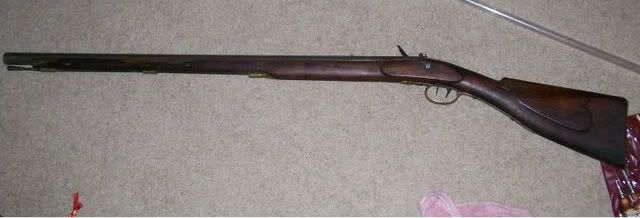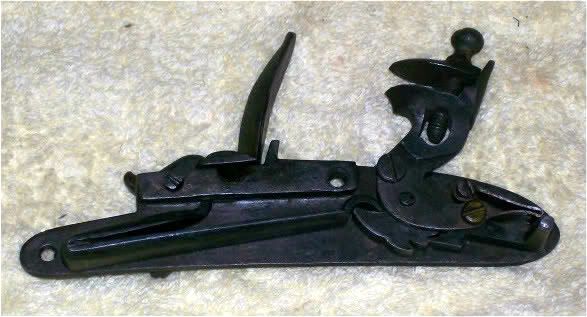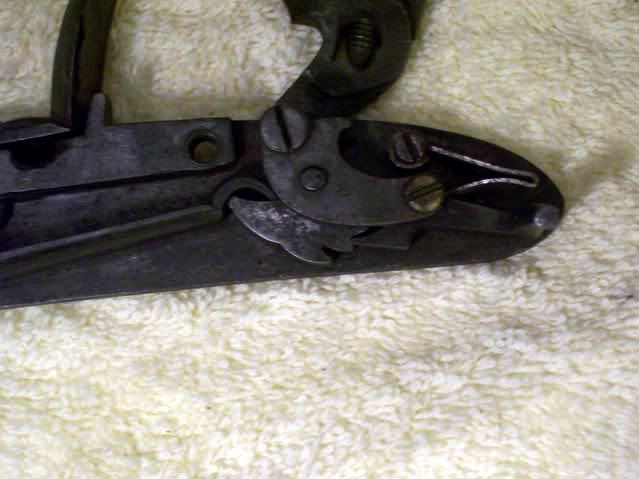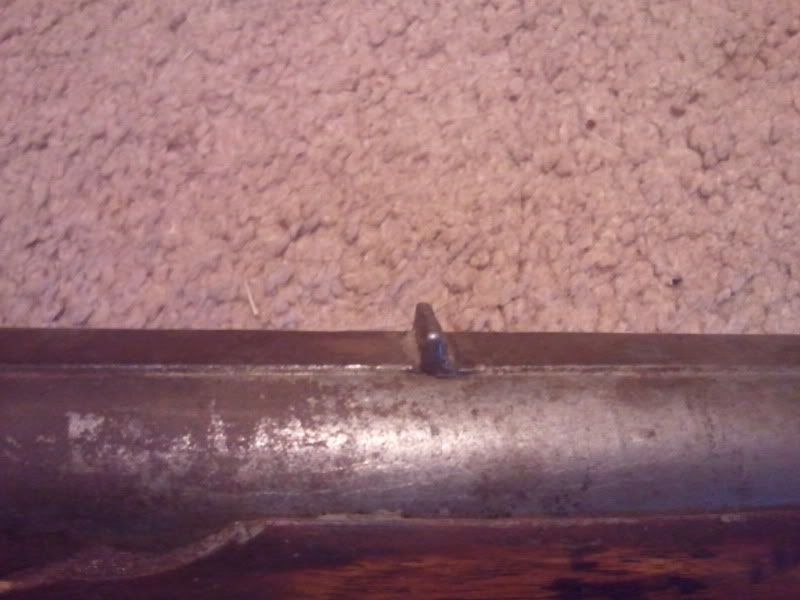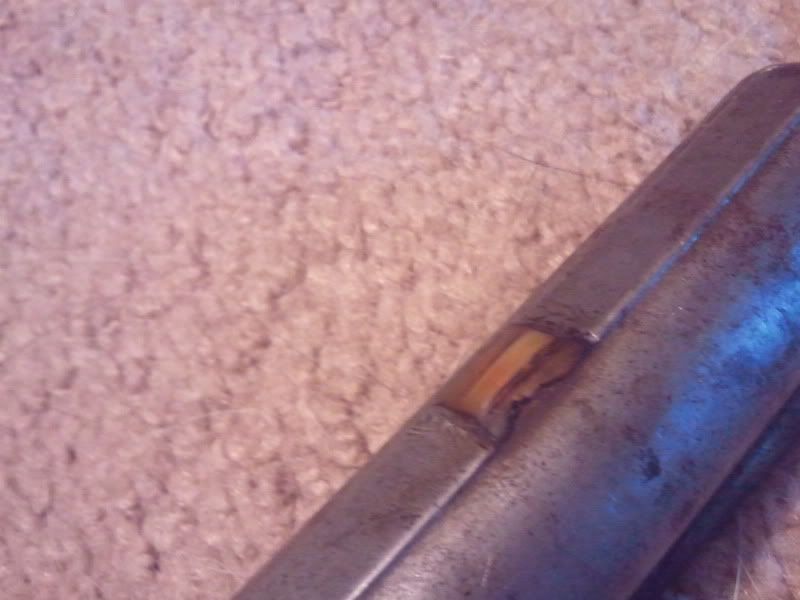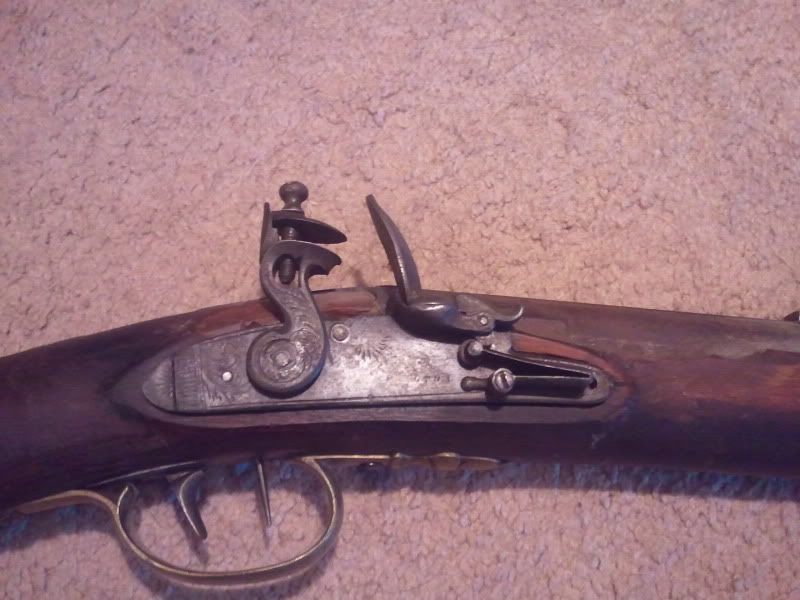basilisk120
Pilgrim
- Joined
- Jan 22, 2012
- Messages
- 4
- Reaction score
- 0
All right hopefully third times a charm.
A couple a years I inherited a flint lock rifle from Grandfathers collection. So the little I know about it. It looks like it has Birmingham proof marks, it has some other markings but they are too faded to read. It has set triggers. Looks to be about 10 bore and is rifled but the rifling is dead straight from crown to breach. Not sure were my Grandad got it from but he didn't seem to think it was worth much and its in bad shape.
The usual questions. Any idea on dates or places this may have been used? The term Australian Buffalo rifle has been tossed around about this rifle.
Straight Rifling? Haven't seen that before any idea what that's about?
Now for the pics.
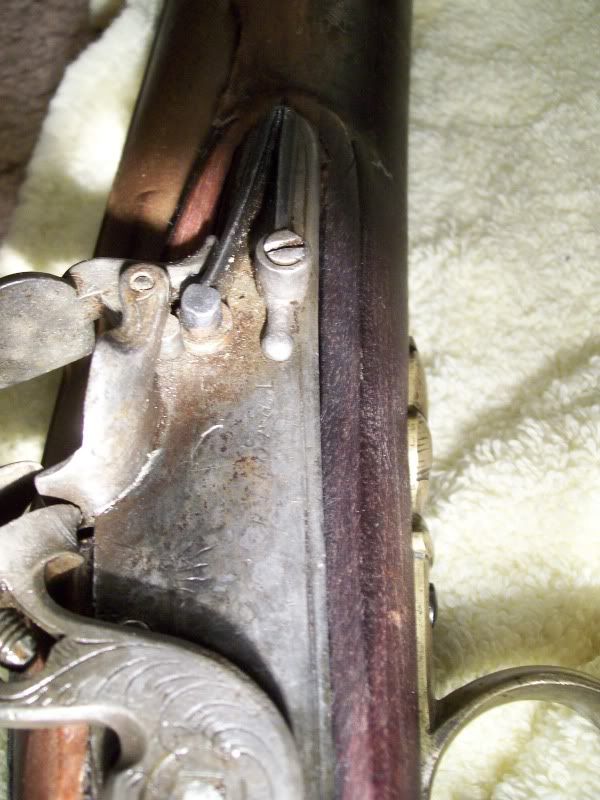
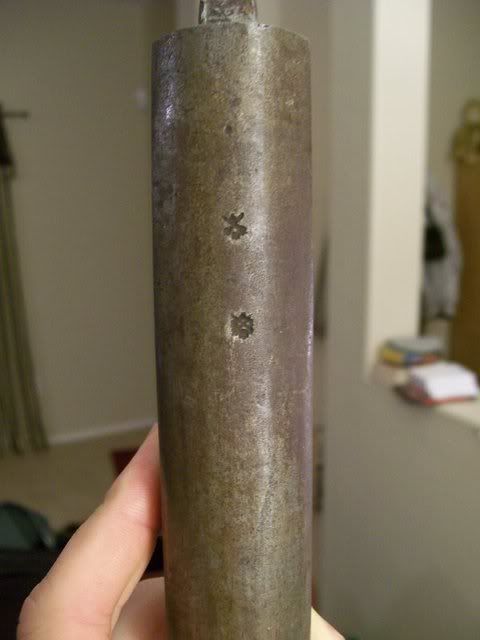
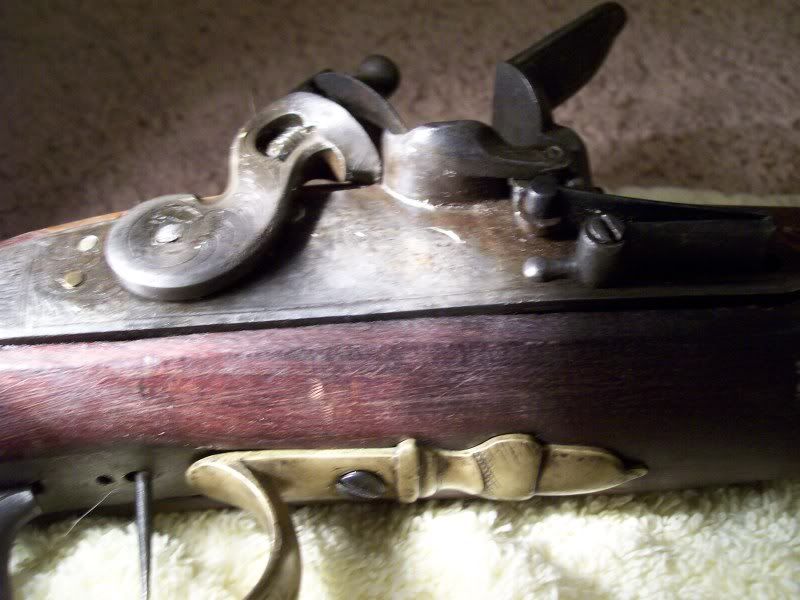
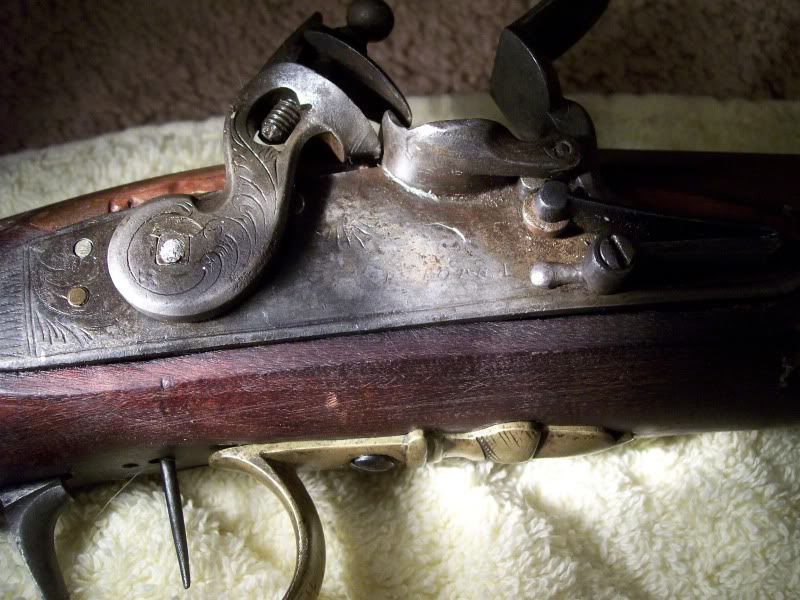
A couple a years I inherited a flint lock rifle from Grandfathers collection. So the little I know about it. It looks like it has Birmingham proof marks, it has some other markings but they are too faded to read. It has set triggers. Looks to be about 10 bore and is rifled but the rifling is dead straight from crown to breach. Not sure were my Grandad got it from but he didn't seem to think it was worth much and its in bad shape.
The usual questions. Any idea on dates or places this may have been used? The term Australian Buffalo rifle has been tossed around about this rifle.
Straight Rifling? Haven't seen that before any idea what that's about?
Now for the pics.










